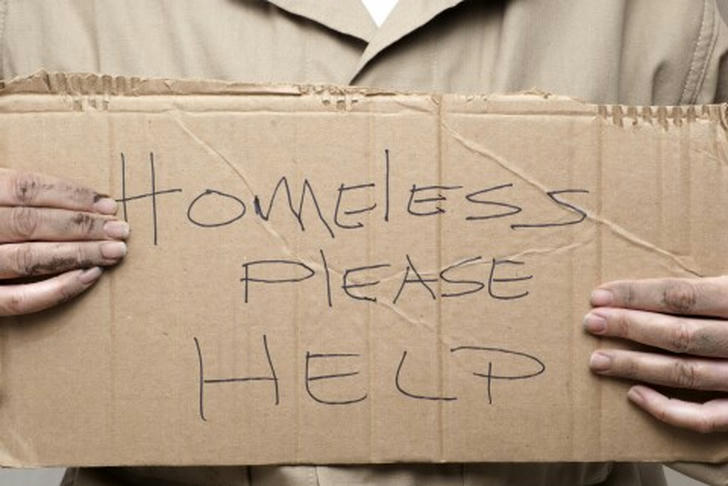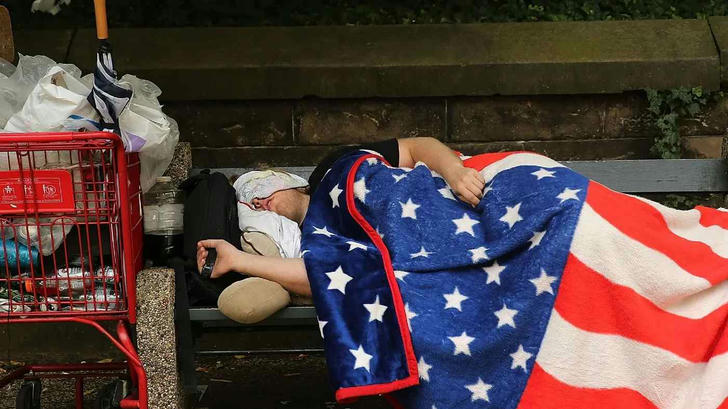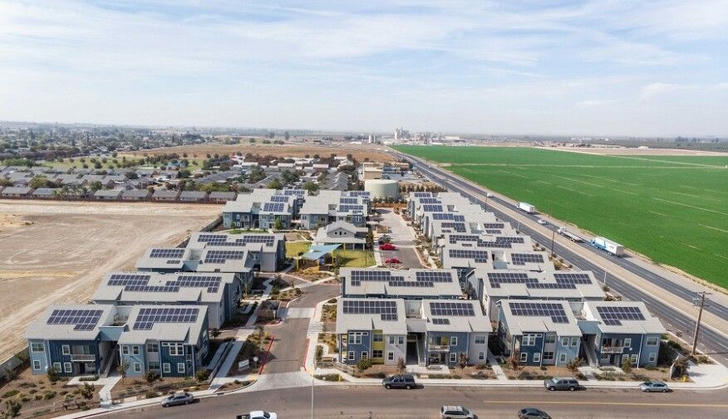Accessing Low-Interest or No-Interest Loans for the Homeless in the U.S.
In the United States, homeless individuals face significant barriers when trying to secure traditional loans. Financial institutions typically require proof of a stable address, employment, and income. However, there are several pathways and resources available that can help homeless individuals gain access to low-interest or no-interest loans, primarily through government programs, non-profit organizations, and local initiatives.

1. Government Assistance Programs
The U.S. government provides various housing assistance programs that can offer homeless individuals access to financial support, including low-interest or no-interest loans. These programs focus on transitional housing, rental assistance, and down payment aid.
HUD (Housing and Urban Development): HUD plays a key role in providing affordable housing options for low-income and homeless populations. It runs programs like the Continuum of Care (CoC), which offers financial support for temporary housing and helps individuals transition to stable living situations. HUD also provides funding for supportive housing, where homeless individuals can access services such as job training, mental health support, and financial education to eventually become self-sufficient.
HOME Investment Partnerships Program: This federal program allocates funds to state and local governments to support affordable housing for low-income families, including homeless individuals. Through this program, individuals may qualify for low-interest loans or grants for rental assistance or even homeownership opportunities.
2. Non-Profit Organizations
Many non-profit organizations across the U.S. work directly with homeless individuals to provide emergency financial support and long-term stability. These organizations often provide access to no-interest or low-interest loans, as well as financial education and case management services.
The Salvation Army: This well-known organization runs various housing programs, including emergency shelters and transitional housing. In some cases, they offer low-interest loans or assistance with paying security deposits for rental housing.

Covenant House: Covenant House offers services to homeless youth, providing not only shelter but also financial support for housing and employment-related expenses. Some of their programs include access to no-interest loans to help young people secure stable housing and become self-sufficient.
3. Transitional Housing Programs
Transitional housing programs are another important resource for homeless individuals looking to stabilize their living conditions. These programs generally provide low-interest or no-interest loans to help cover short-term housing costs, including rent, utilities, and deposits. They are designed to help individuals transition from homelessness to independent living.
These programs often work in conjunction with employment services, substance abuse counseling, and mental health support to ensure individuals are equipped with the tools to sustain themselves in the long term. Some transitional housing programs may also offer loans or subsidies for initial housing costs, like down payments or rent in subsidized housing.
4. Local Government Programs
In addition to federal programs, many local governments have specific initiatives designed to support homeless individuals with housing and financial assistance. These programs may offer grants, low-interest loans, or subsidies for rent and utilities.
City and County Housing Assistance: Many cities and counties provide no-interest loans or financial assistance for individuals who are homeless or at risk of becoming homeless. These loans may help with first-time rental deposits, moving costs, or other housing-related expenses.

Emergency Rental Assistance Programs (ERAP): Local government-run ERAPs are designed to assist individuals facing eviction or struggling to afford rent. In some cases, these programs offer no-interest loans to help cover back rent or prevent future homelessness.
5. Community Lending Institutions
In some areas, community lending institutions or social enterprises provide financial services to underserved populations, including the homeless. These institutions typically have more flexible lending criteria compared to traditional banks, making it easier for homeless individuals to access credit.
Credit Unions and Community Banks: Some credit unions and community banks operate with a mission to provide financial inclusion for marginalized communities. These institutions may offer low-interest loans or even microloans to homeless individuals, provided they can meet basic requirements, such as employment or participation in job training programs.
Conclusion
While obtaining traditional loans may be a significant challenge for homeless individuals in the U.S., various resources are available to help them regain stability. Government programs, non-profit organizations, and local initiatives offer financial support through low-interest or no-interest loans, grants, and subsidies. Additionally, community lending institutions and transitional housing programs offer avenues for individuals to secure housing and work toward long-term self-sufficiency. Homeless individuals often need to meet specific eligibility criteria, such as employment or participation in rehabilitation programs, but these resources provide critical pathways to financial stability and housing security.
